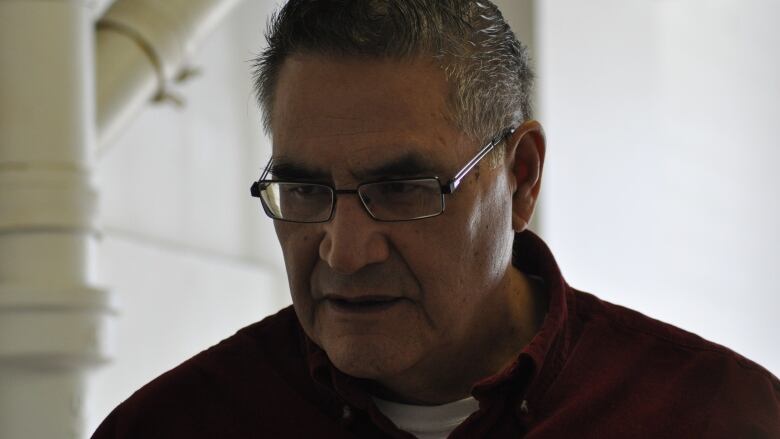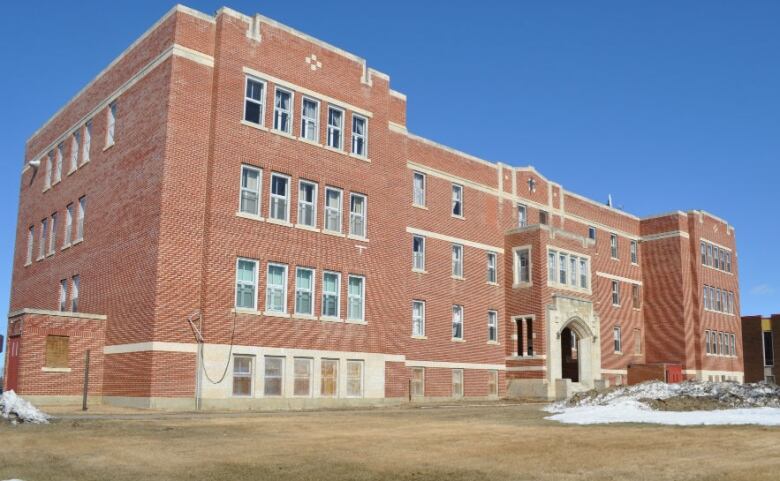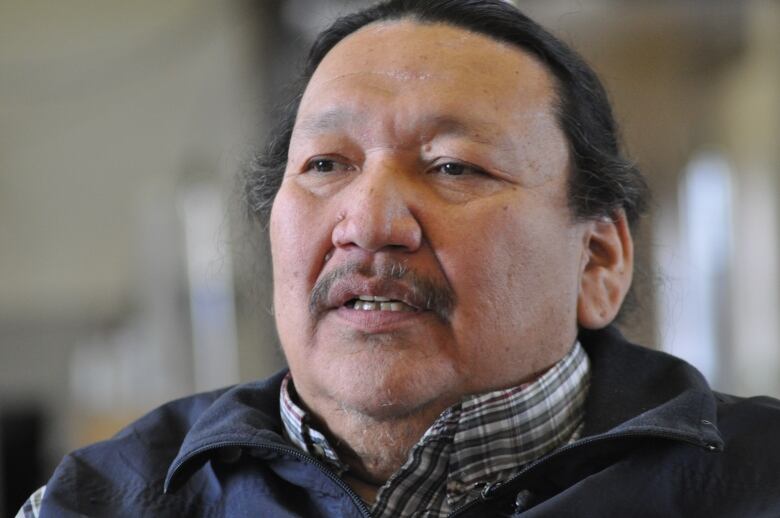First Nations transform residential school into Blue Quills college

When LouisLapatackwalks through the halls of Blue Quills First Nations College, it takes him back to his first day of residential schoolback in 1952.
He was punished by a priest for kicking a soccer ball that hit someone in the face.
"I was marched in here.. and I was given a strap on both hands.... no questions asked.. that is what I recall about my first day here at the residential school."
Lapatack stayed at the school near St. Paul, Alta.for the next 13 years.
- A history of residential schools in Canada
- Visit CBC Aboriginal for more Truth and Reconciliation coverage
"It was too harsh. It was very strict you had to be tough to survive," he said.

Butpriests and nuns are no longer in charge. Today, the school nowBlue Quills First Nations Collegeis runby the seven First Nations communities that surround it.
That change began with a public protest in 1970 over the conditions at the school. Saddle Lake First Nation said they would pull 650 students out of school unless things changed.
They had the pews thrown out, the crosses thrown outand they trucked it to the landfill and it was set on fire.- Vincent Steinhauer
"They came here and started a sit-in. And we have had[the school] ever since, recalledVincent Steinhauer. At that time Steinhauer's father was tasked with running the school.
When I first started coming here they had already closed the chapel down and my father ordered the place dismantled, said Steinhauer.
They had the pews thrown out.. the crosses thrown out.. and they trucked it to the landfill and it was set on fire."

Three hundred students from across western Canada attend the college for post-secondary education. The programs are focused on indigenous culture. The school offers diplomas and degrees, a doctoral program and several classes are taught in Cree.
Robin Youngchief is studying leadership management. She is a single mother and wanted a career and a chance to connect with the past.
For her, the school's troubled history reinforces the importance of education.
"I am still here.. and there are a lot of other people who are still reclaiming what is ours."
Steinhauer hopes the college will eventually outgrow the old building witha new one builtin its place.
"When my eyes light up, it is from the generations of vision it took to get to this space we are in right now, and move it forward so our children can learn our own identity."
CBC's Briar Stewart and Terry Reith












_(720p).jpg)


 OFFICIAL HD MUSIC VIDEO.jpg)
.jpg)



























































































